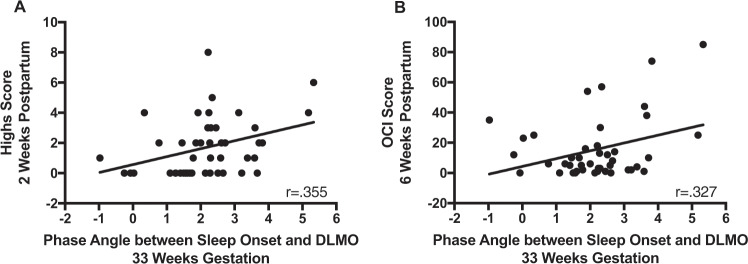Fig. 2. Phase angle and psychiatric symptoms.
The phase angle is calculated as the difference between the time of sleep onset (measured by actigraphy) and the time of dim light melatonin onset (DLMO, measured with salivary melatonin), with a wider phase angle indicating a greater lag between melatonin onset and the participant’s sleep onset time. a A significant positive correlation (p = 0.018) between third trimester phase angle and manic/hypomanic symptomatology measured at 2 weeks postpartum. b A significant positive correlation (p = 0.032) between third trimester phase angle and obsessive-compulsive symptoms at 6 weeks postpartum. This indicates that a later bedtime (relative to internal circadian clock) during the third trimester of pregnancy is associated with increased hypomanic/manic and obsessive-compulsive symptoms in the early postpartum.

